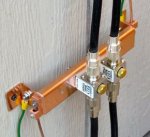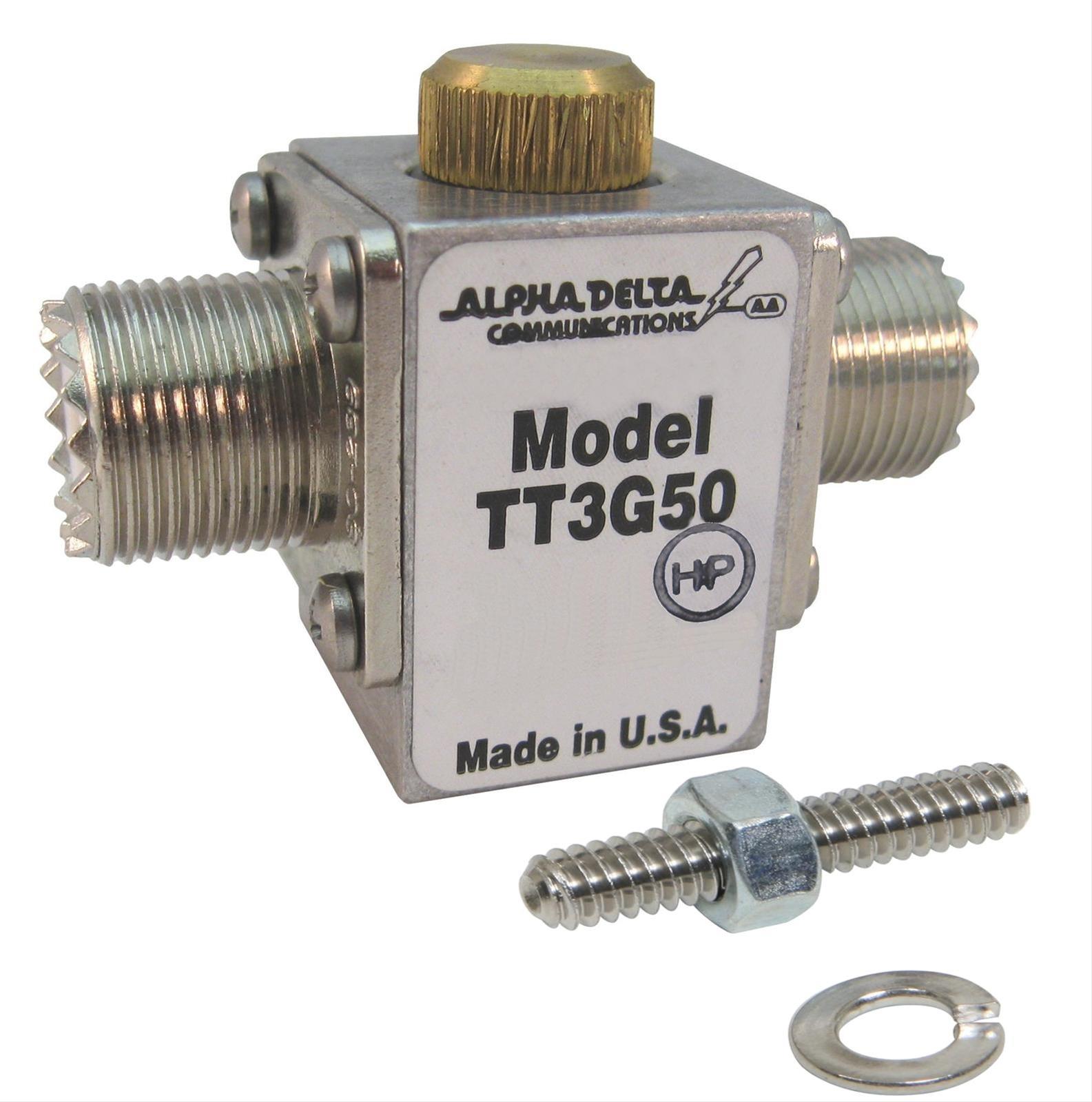Dennis Jarzombek
New User
- Location
- Michigan
- Occupation
- Retired Electrical Contractor / Amateur radio Operator
Arguably the most controversial topic when it comes to amateur radio operators is station grounding. Hams deal with AC, DC and RF energy daily. Many hams are licensed to broadcast with up to a 1.5 kw signal. Power supplies can contain very high voltages and sizable currents. Antenna towers are often greater then 150' high. And there are close to 800,000 licensed amateur radio operators in the United States. To add to the confusion, the majority of amateur radio equipment is manufactured in countries other then the US, and accordingly have grounding recommendations that are not necessarily in accordance with the NEC.
One of the greatest concerns of many hams, is that bonding all of the equipment together will cause ground loops at RF frequencies and let RF energy into the ham shack. Some recommend installing a separate ground rod to bleed off the RF energy and not bonding it to the premises grounding system.
I would like to see a video showing the correct way to ground / bond an amateur radio station, that also deals with RF energy on the grounding system. It would of course have to be tailored to non electricians. Most hams have a pretty good knowledge of inductance, reactance, and electrical calculations so it wouldn't have to be dumbed down too much.
Amateur Radio operators deal with frequencies anywhere from 135 Khz to over 300 Ghz.
The hazards are substantial and a video could help save both lives and property.
Thanks in advance.
P.S. perhaps the next greatest controversy is what type of tape and mastic to use to protect coax connectors from the elements.
One of the greatest concerns of many hams, is that bonding all of the equipment together will cause ground loops at RF frequencies and let RF energy into the ham shack. Some recommend installing a separate ground rod to bleed off the RF energy and not bonding it to the premises grounding system.
I would like to see a video showing the correct way to ground / bond an amateur radio station, that also deals with RF energy on the grounding system. It would of course have to be tailored to non electricians. Most hams have a pretty good knowledge of inductance, reactance, and electrical calculations so it wouldn't have to be dumbed down too much.
Amateur Radio operators deal with frequencies anywhere from 135 Khz to over 300 Ghz.
The hazards are substantial and a video could help save both lives and property.
Thanks in advance.
P.S. perhaps the next greatest controversy is what type of tape and mastic to use to protect coax connectors from the elements.





